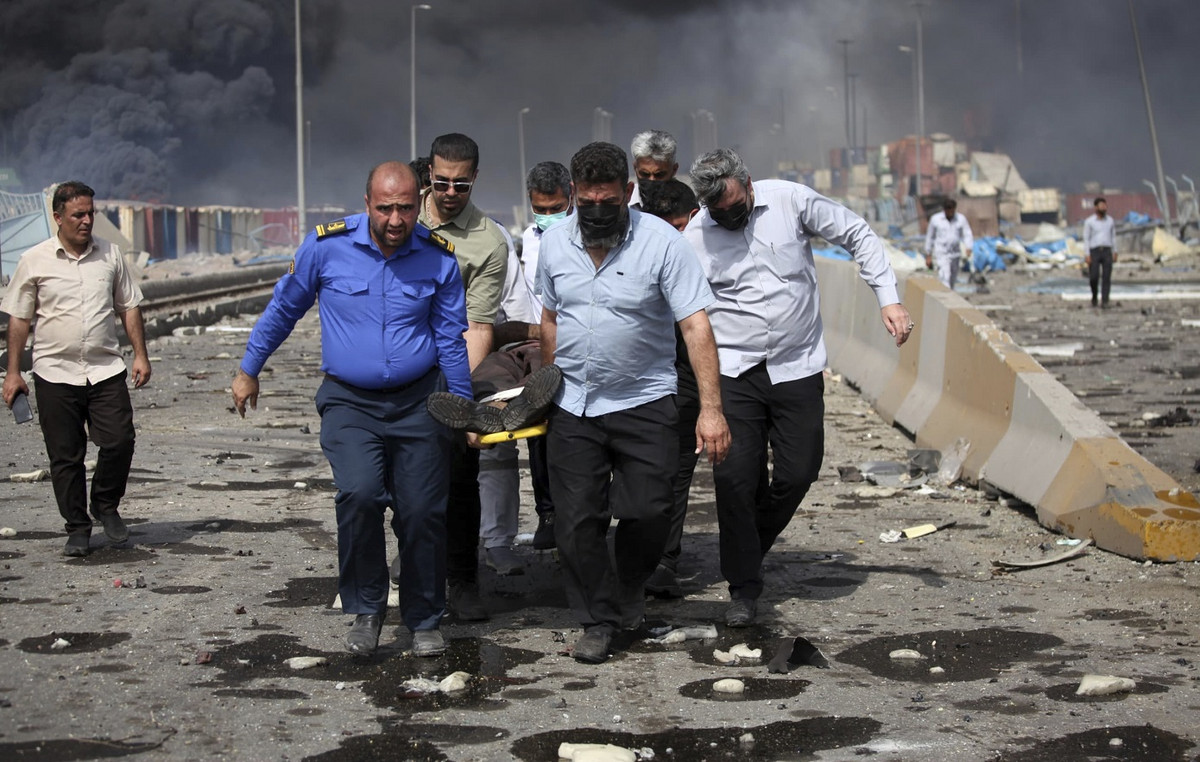Hurricane Milton maintains winds of 233 km/h this Tuesday morning (8), which still represents a Category 4 hurricane. The storm is about 900 kilometers southwest of Tampa, moving at 19 km/h h.
The storm is expected to regain Category 5 strength in the coming hours and maintain that strength throughout the day. Milton is expected to make landfall as a major Category 3 hurricane on Wednesday night (9).
“Milton has the potential to be one of the most destructive hurricanes on record in west-central Florida,” the hurricane center said. “Milton is still a relatively compact hurricane, but the wind field is expected to continue to grow as it approaches Florida. In fact, the official forecast shows that hurricane- and tropical-storm-force winds will nearly double in size by the time they make landfall.”
This means that dangerous winds, life-threatening storm surge and heavy rain are expected to impact areas far beyond the predicted cone.
Milton is currently completing an eyewall replacement cycle, which means reintensification should begin soon, according to the hurricane center.
In an eye wall replacement cycle, a large outer eye wall develops and becomes dominant as the inner eye wall shrinks and collapses. This leads to a slight weakening, but also tends to increase the size of the hurricane. As the outer wall of the eye begins to contract, the hurricane can strengthen again.
Floridians face congestion
As hundreds of thousands of people in Florida prepare to leave their homes before Hurricane Milton hits, state officials warn that getting to safety quickly will become more difficult as people wait longer.
“There will be several hours of congestion,” Florida Emergency Management Director Kevin Guthrie said Monday. “Traffic is going to be bad as people move around.”
The Florida Department of Transportation will allow people to drive on the emergency shoulders of major interstates, but will not use “contraflow,” a system used by some states that turns all lanes of an interstate into outbound traffic, away from traffic zones. evacuation.
“We need this interstate system for emergency responses, for making goods and resources available, for residents to continue to move,” Guthrie said. “To get out of the storm area and get to a safe location, we need access to stay at all of our facilities.”
This content was originally published in Furacão Milton and should gain strength in the coming hours on the CNN Brasil website.
Source: CNN Brasil
Bruce Belcher is a seasoned author with over 5 years of experience in world news. He writes for online news websites and provides in-depth analysis on the world stock market. Bruce is known for his insightful perspectives and commitment to keeping the public informed.







